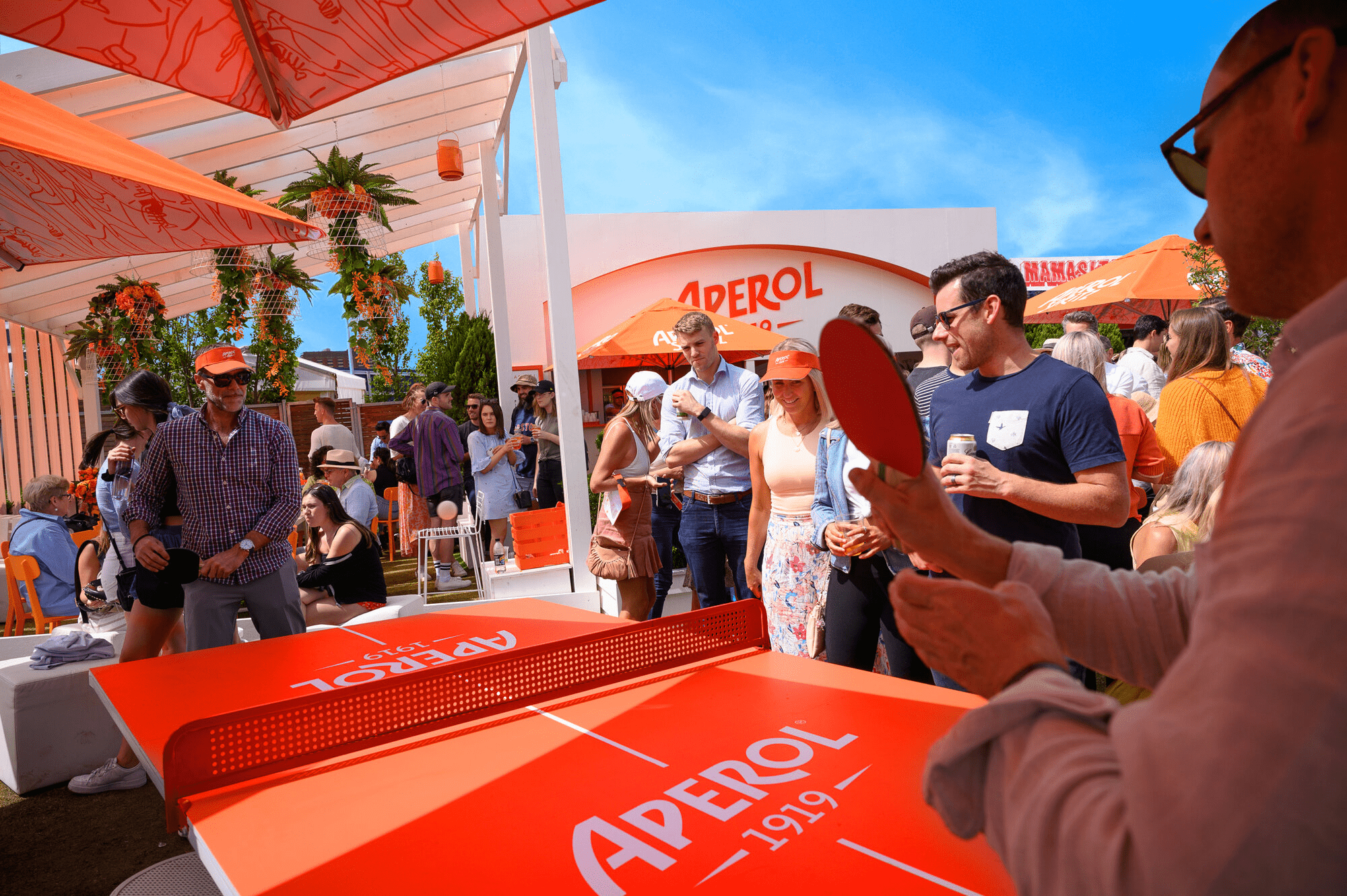Within the vibrant spectrum of marketing strategies, experiential activations shine distinctly. They offer a level of fan engagement that traditional channels cannot achieve, setting a new standard for connecting with audiences far beyond the capabilities of mainstream media.
This pivotal difference sets the stage for The Activation Showcase, a premier conference slated for October 22 at Marvel Stadium in Melbourne.
James Neale, a pioneer in the experiential marketing space and founder of ActivationUnion, will highlight the transformative power of activations as the keynote speaker of the conference. His insights promise to guide brands and rights holders through the landscape of creating memorable, impactful experiences that resonate well beyond the event itself.
Neale’s journey from launching the specialised agency Traffik in 2001 to founding ActivationUnion highlights a career dedicated to pushing the boundaries of how brands interact with their audiences.
The conference, under his guidance, aims to explore the nuances of experiential activations, offering a platform for discussing best practices, showcasing case studies, and unravelling insights crucial for brands looking to deepen their engagement with consumers.
Neale believes the challenge of quantifying the return on investment in experiential activations has long been a topic of discussion among marketers. Traditional metrics fell short in capturing the essence of engagement through these immersive experiences. Yet, he points out, the value of experiential activations is not in their ability to mimic the broad reach of mainstream media but in their capacity to generate a level of engagement that is both deeper and more meaningful.
This shift from passive viewership to active, participatory experiences marks a significant evolution in brand-consumer marketing.
Technological advancements and a refined approach to data analytics have seen a new era of measurability for experiential activations. Brands now prioritise the collection of first-party data, aiming to transform fleeting interactions into enduring relationships.
The symbiotic relationship between brands and event rights holders further underscores the multifaceted benefits of experiential activations. Beyond merely securing visibility, brands play a pivotal role in enhancing the event experience while also contributing to its financial success.
The Australian Open serves as a prime example, where activations not only enrich the fan experience but also drive significant revenue through product sales, Neale claims. This model of collaboration, as exemplified by Chemist Warehouse’s fan-centric approach, showcases the adaptability and consumer-focused ethos at the heart of successful experiential marketing.
Neale’s insights into the layout and physical size of activation spaces at major events shed light on the strategic importance of their design for enhancing brand engagement. He contrasts the expansive grounds of the Formula 1 Australian Grand Prix with the more compact and concentrated activation zone of the Australian Open, pointing out the inherent advantages of the latter. He argues that the Australian Open’s activation zone facilitates a higher density of fan engagement and ensures that traffic flow is maximized. This concentrated approach not only guarantees visibility for the activations but also fosters a vibrant atmosphere where fans are more likely to interact with brands.
The proximity of different activations within a unified area creates a dynamic ecosystem, encouraging attendees to explore various experiences without the fatigue that can come from navigating larger spaces.
Moreover, Neale highlights the psychological and practical benefits of having activations in a condensed area. A compact activation zone can significantly enhance the overall event experience, making it more likely for attendees to engage with multiple brands.
He says the setup promotes a sense of community and excitement, as the energy and buzz of the crowd are contained within a lively, interactive space. For brands, this means greater opportunities for meaningful connections as the likelihood of fan participation increases in a more engaging and accessible environment. The success of the Australian Open’s activation zone exemplifies how thoughtful spatial planning can transform the effectiveness of experiential marketing, proving that when it comes to activations, strategic design and placement can significantly impact fan engagement and brand visibility.
As The Activation Showcase approaches, it stands as a beacon for those seeking to navigate the future of brand engagement. Through the insights of James Neale and other industry leaders, the conference will highlight the indispensable role of experiential activations in today’s marketing mix.
Save the date, 22 October 2024. Marvel Stadium. More details will appear on the conference website.








